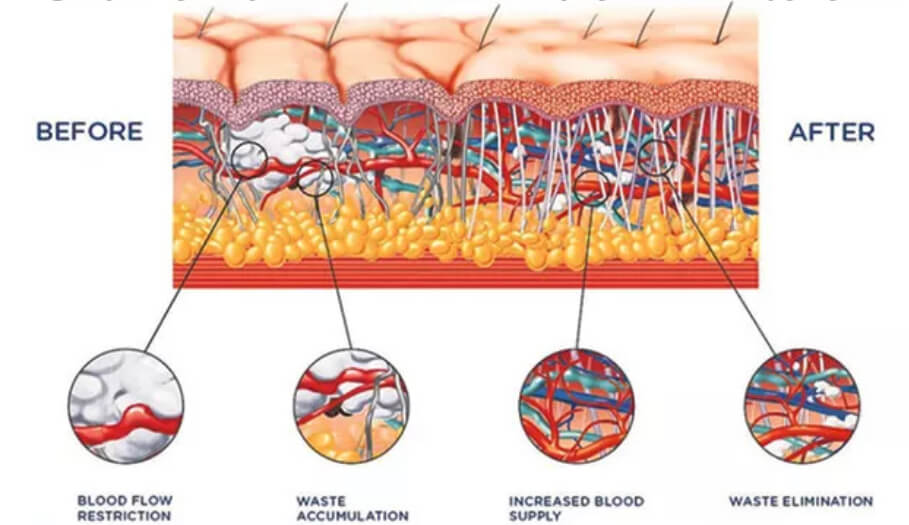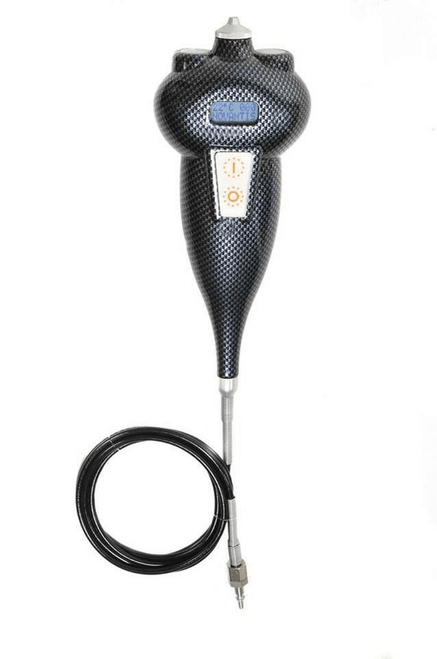
Equine Shockwave
Equine radial shockwave provides a highly effective treatment for orthopedic and soft tissue injuries in equine sports medicine.
In veterinary or rehabilitation settings, Shockwave addresses musculoskeletal disorders and returns the horse to work within an optimal timeframe.
Shockwave is the leading choice of veterinarians, trainers and therapists for ligament and tendon injury, and post-work recovery in elite equine athletes.
Shipping:Free shipping within the US. Shipping may take up to 2 weeks.
Using the Easy Shock has changed the game for us and our horses! It’s portable, affordable, and helps prevent injuries as well as helps the healing on pre existing ones for horses at the top level of the sport.
Mark Kinsella, Grand Prix show jumper

How it Works
The radial shockwave therapy device uses compressed air to accelerate a projectile through a tube, creating a low intensity primary wave as it impacts on the applicator. A parabolic reflector then creates a secondary wave. These ‘bundled’ waves are directed through an applicator held against the skin, moving through the tissue towards a defined point at a penetration depth of up to 6 cm. This stimulates a cellular response, with improved blood supply and increased cell proliferation leading to regeneration of tendon, ligament and bone tissue. The exact mechanisms for this biological response are not yet fully known.
4 Principle Effects
Equine shockwave therapy safely and effectively addresses a range of musculoskeletal injuries and conditions.
Orthopedic: Stimulates new bone growth and fracture repair, and cartilage production in joints.
Tendons and ligaments:Prompts release of healing and growth factors, with improved collagen production.
Wound healing: Improved blood supply and cellular stimulation leads to tissue regeneration and rapid healing.
Analgesia: Nerve fiber stimulation blocks an increase in pain stimuli and leads to pain reduction (gate control theory).

There’s no better treatment for suspensory injuries out there.
SHOCKWAVE FOR INJURY REPAIR
Technical Specifications
- Ballistic radial shockwave with electromagnetic generator
- 10 preset programs are adjustable to range of conditions
- 10.1” color touchscreen allows easy, real-time software operation
- Rotary control for variable energy level and frequency settings
- Stable and yard use is easy with handpiece and foot-switch control
- Low weight at only 3kg, enabling operation from backpack
- Seven durable, high quality transmitters support efficient treatments
- Soundwave frequencies from 1-16Hz, stepping 1Hz
- Precise energy adjustment from 60mJ to 210mJ, stepping 10mJ (equiv. 1Bar to 6Bar, adjustable per 0.25Bar)
- Efficient power Consumption: 100 / 240 VAC / 50/60 Hz
SHOCKWAVE FOR OPTIMAL OUTCOMES

- A high value investment for the clinic or training yard
- Leading technology for treating and managing performance horses
- Treat and rehabilitate multiple conditions with a single device
- Versatile treatment options address varied conditions
- Reduces sport horse time out through effective injury management














